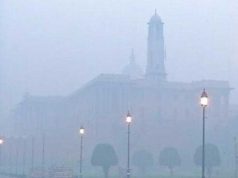At the same time, the new guidelines advise countries not to use unprocessed coal or kerosene as home energy sources, and to look for substitute fuels.
“A great deal of work is going into improving the types of biomass cookstoves commonly used in developing countries for preparing meals, but only those that achieve these household fuel combustion emission targets can ensure lower health risks from household air pollution for women and children.”
These WHO guidelines were informed by a rigorous review of all currently available scientific knowledge and were peer-reviewed by scientists around the world.
WHO regional and country offices will support governments, non-governmental organizations, private sector and development partners in implementation of these guidelines. The guidelines will be reviewed and updated periodically.
Check the following link to read/download the Full Guidelines Document:
http://www.who.int/indoorair/guidelines/hhfc/en/
Source: WHO.
Notes:
Emission Targets
Fine particulate matter*
- Appliances with chimneys or hoods: no more than 0.80 milligrams/minute (mg/min).
- Unvented stoves, heaters and fuel-based lamps: no more than 0.23 mg/min.
Carbon monoxide
- Appliances with hoods or chimneys: no more than 0.59 g/min.
- Unvented stoves, heaters and fuel-based lamps; no more than 0.16 g/min.
* Fine particulate matter is a complex mixture of solid and liquid particles consisting mainly of sulfate, nitrates, ammonia, sodium chloride, black carbon, mineral dust and water.














